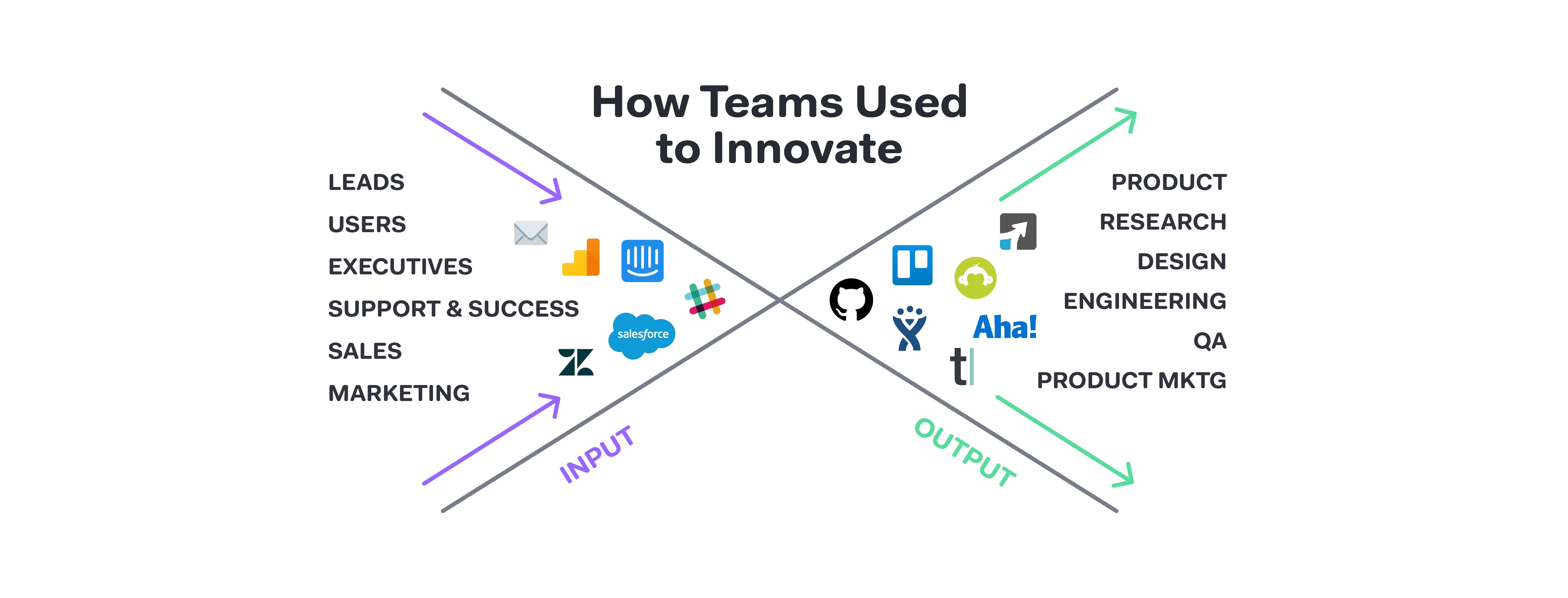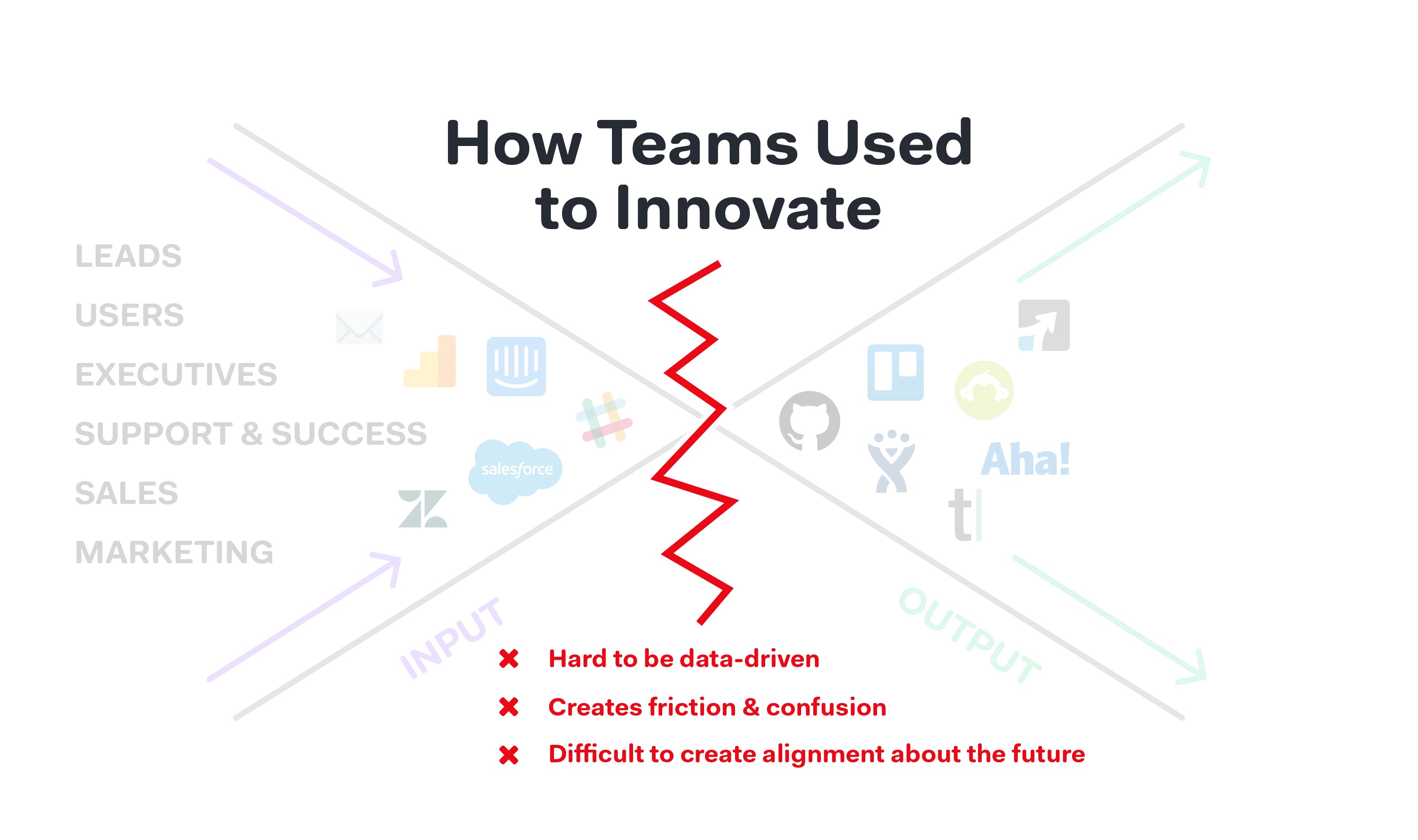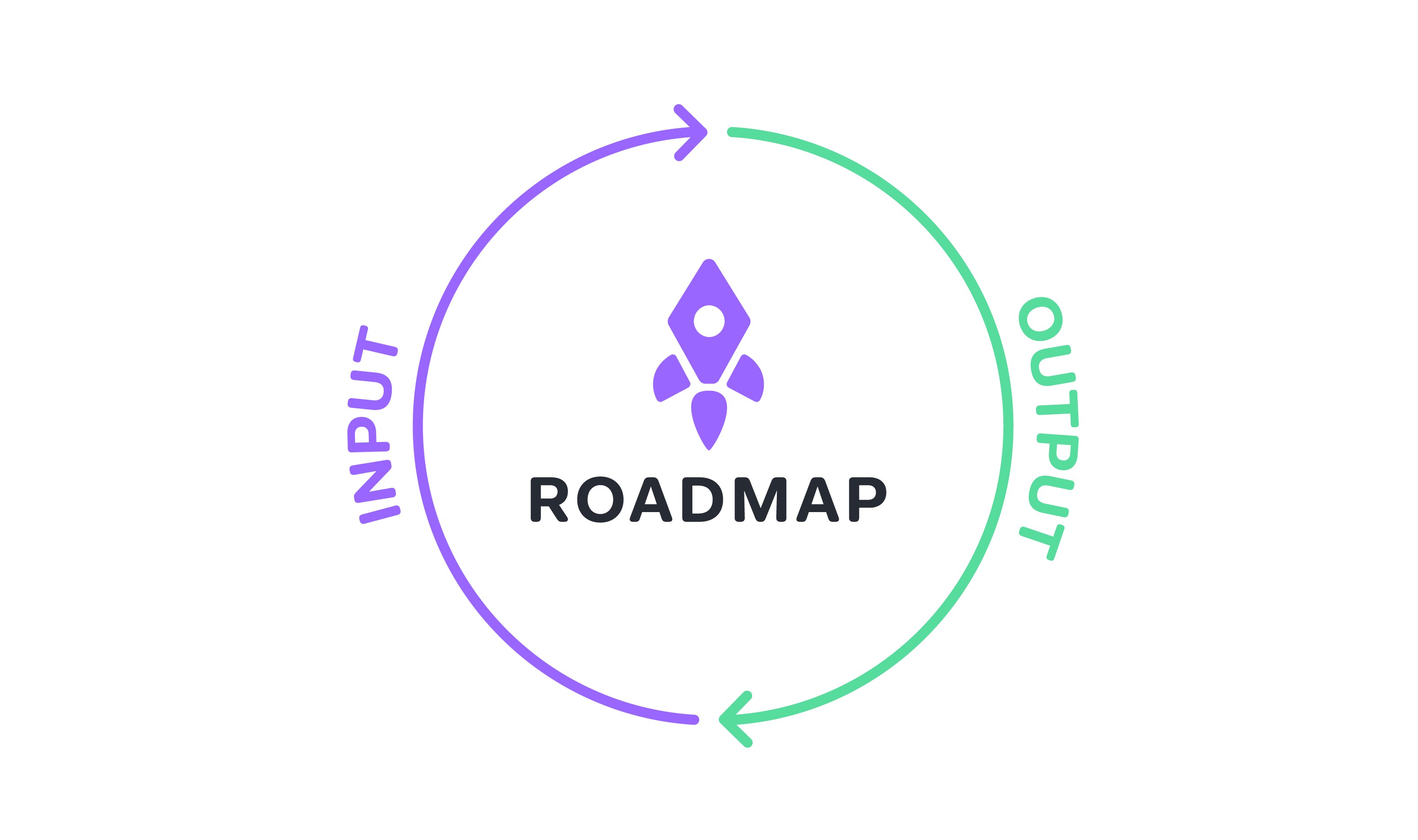
Our team talked with more than 50 product people over months to learn about their challenges and how their products come to life.
We met with a range of product influencers like new founder & CEO Colette Nataf to John Cutler, a senior PM at ZenDesk whose writing is super influential to us, to leaders at swoonworthy products like Des Traynor from Intercom, Talton Figgins at Disqus, HubSpot, and Warby Parker.
We learned from those conversations that building product alignment is a constant focus for teams big and small. For smaller or newer products, alignment has a big impact on early decisions for product/market-fit. For larger, more mature products alignment impacts a team’s ability to innovate and create ongoing value for existing customers.
Alignment impacts whether support reps feel the product team is responsive, whether sales thinks the product is moving in a competitive direction, to whether engineers feel confident the team has enough bandwidth to scale. Product alignment also impacts whether customers achieve desired outcomes over time (i.e. paying and willing to pay more over time).
Mix all this feedback from internal and external channels, then you’ve got yourself a rodeo.🐎

Jokes aside, the consequences of losing product alignment are grim:
Churn
Unwillingness to make referrals
Unengaged teams
Decision fatigue
Scrapped work
Technical debt
Lack of excitement about the future 😰
Here are a few themes we learned from product teams who are building cultures of innovation and long-term alignment.
Transparency
The more accessible and transparent the product team is, the more likely they’ll have product alignment. For example, Intercom shares a ton about how they work and how they make product decisions. They don’t just do this with teams and customers, but on their blog too. This way customers (like yours truly) and fans (also yours truly) can align themselves with the future of Intercom.
Intercom’s VP of Product Paul Adams shares how roadmap decisions focus on balancing new ideas, iterations, customer problems, improving quality, and features to help scale. Learn more from Paul about how Intercom makes product decisions here.
Transparency means sharing an inclusive framework for making decisions. Balance gives team across an organization ‘a seat at the table’ while building trust. Trust is a building block to an innovative culture that takes risks and learns from mistakes.
A Feedback Loop

When product development is treated like a funnel instead of a continuous loop, some initiatives for collecting feedback fall short.
Traditional input and output workflows start off manageable. New features are easy to build, but over time pipelines become less outcome-focused and more feature-focused. Iterative innovation gets harder.
Disconnects between input and output make it difficult for product teams to stay relevant by learning from stakeholders and being data-driven. Learn more about using gratitude to nurture input channels.
Ambitious goals for product feedback and research fail when there isn’t alignment from product and engineers to prioritize and close the feedback loop.
We talked with several customer support and success managers who felt defeated when their initiatives for tracking feedback fell short. “Blackhole” was used to describe feedback channels that didn’t have support from product or engineers.
Whether it was tagging conversations in Intercom, starting a feedback forum, or creating public Trello boards, we heard stories of internal advocates and customers not getting value from tracking feedback. Learn more about the challenges of Trello for feedback and roadmaps.
Creating an effective feedback loop is challenging, especially as you scale.
Without transparent updates and a thoughtful way to prioritize, high velocity feedback creates extra work and causes interruptions. The worst part? Ineffective feedback initiatives create misalignment and become a source of friction between teams and customers.
Asynchronous communication in your feedback loop creates more engagement with less effort. This means identifying places to automate communication and make product development more accessible. Building product is hard enough already. The less effort required to maintain a feedback loop, the more likely it is to be successful.
Hiring (and firing)
Product alignment is influenced by many factors. One of the biggest is the people your organization hires and fires. That includes customers. These are the people who influence your product.
Early or executive hires typically have a big influence on the direction of a product and how it supports their business goals.
The same is true for customers. If a customer submits feature requests that aren’t in alignment with your vision, it’s an opportunity to empathize, discover, educate, and support, not fill your pipeline or make empty promises. Lots of feature requests don’t always mean churn risk. Managing feedback to reduce churn doesn’t mean building everything people ask for. How you manage feedback creates opportunities for experiences where both the product team and the customer benefit.
Over time alignment and growth have an inverse and diminishing relationship. In other words, it’s easier to get 3 people to agree or innovate than it is to get 10 or 1,000 or that it’s easier for small startups to innovate quickly. The inverse relationship between alignment and growth is why “no” becomes every product manager’s favorite word.
Establishing alignment early-on in relationships with product influencers means avoiding distractions, taking thoughtful risks, and focusing on continuous innovation.